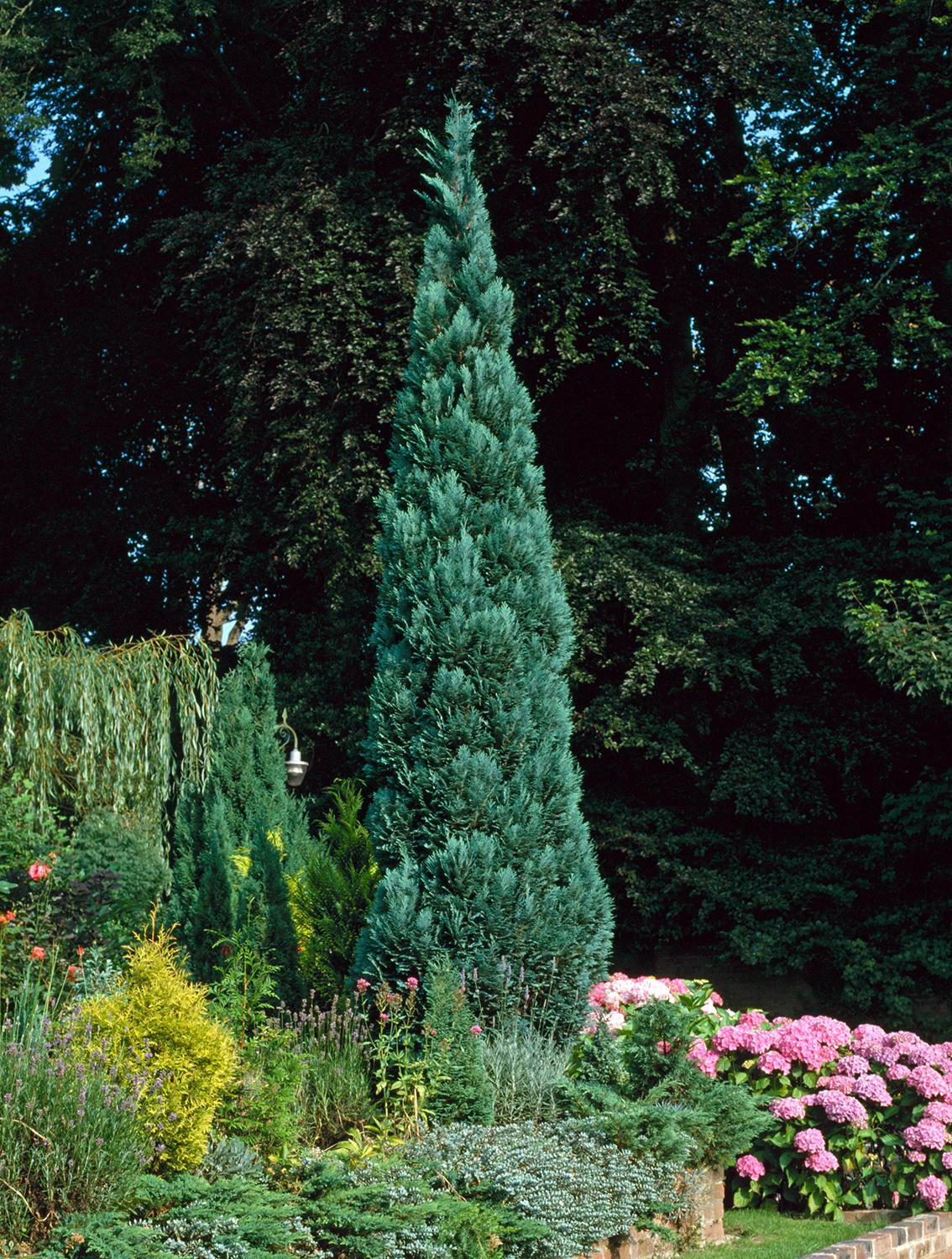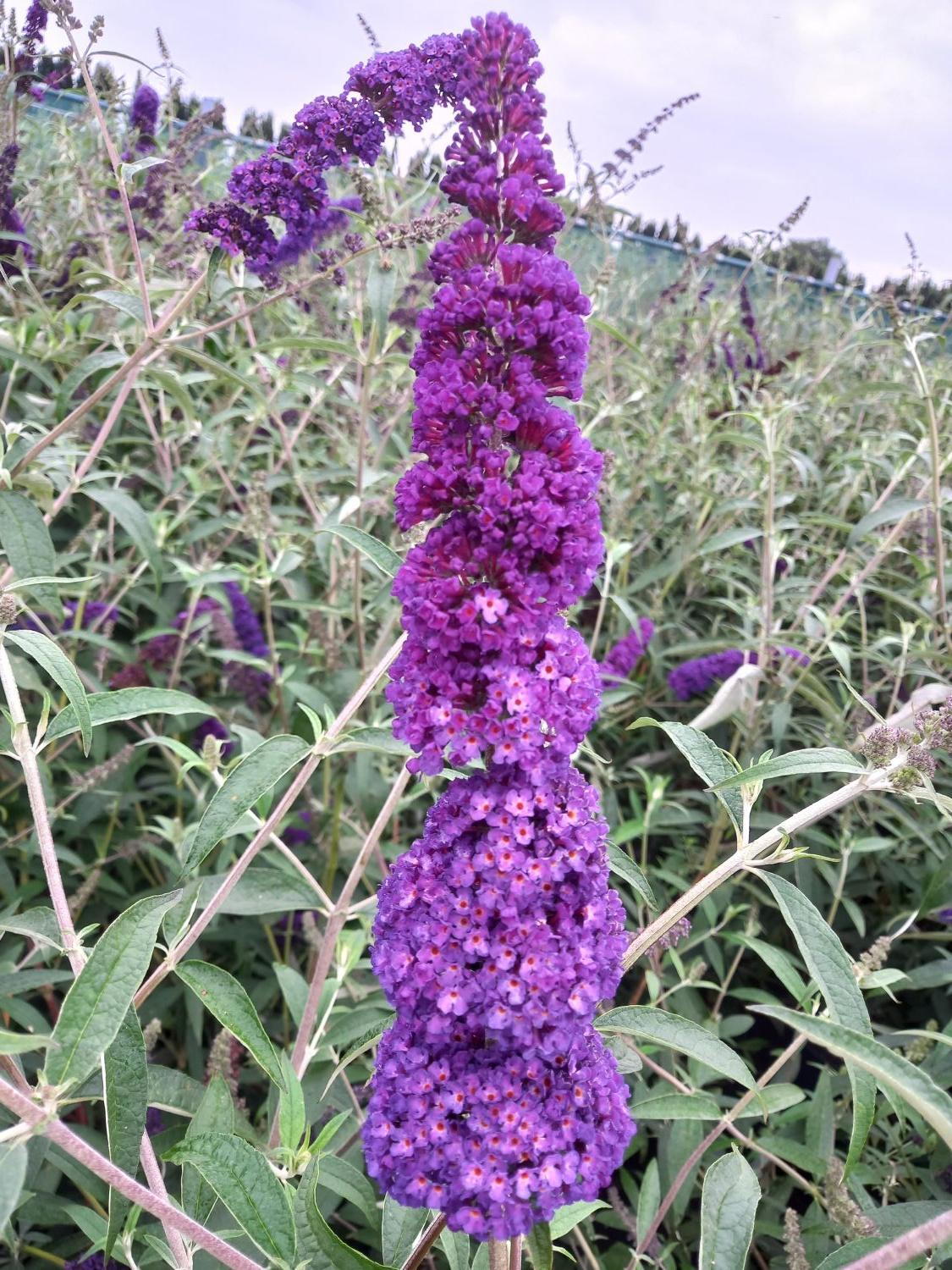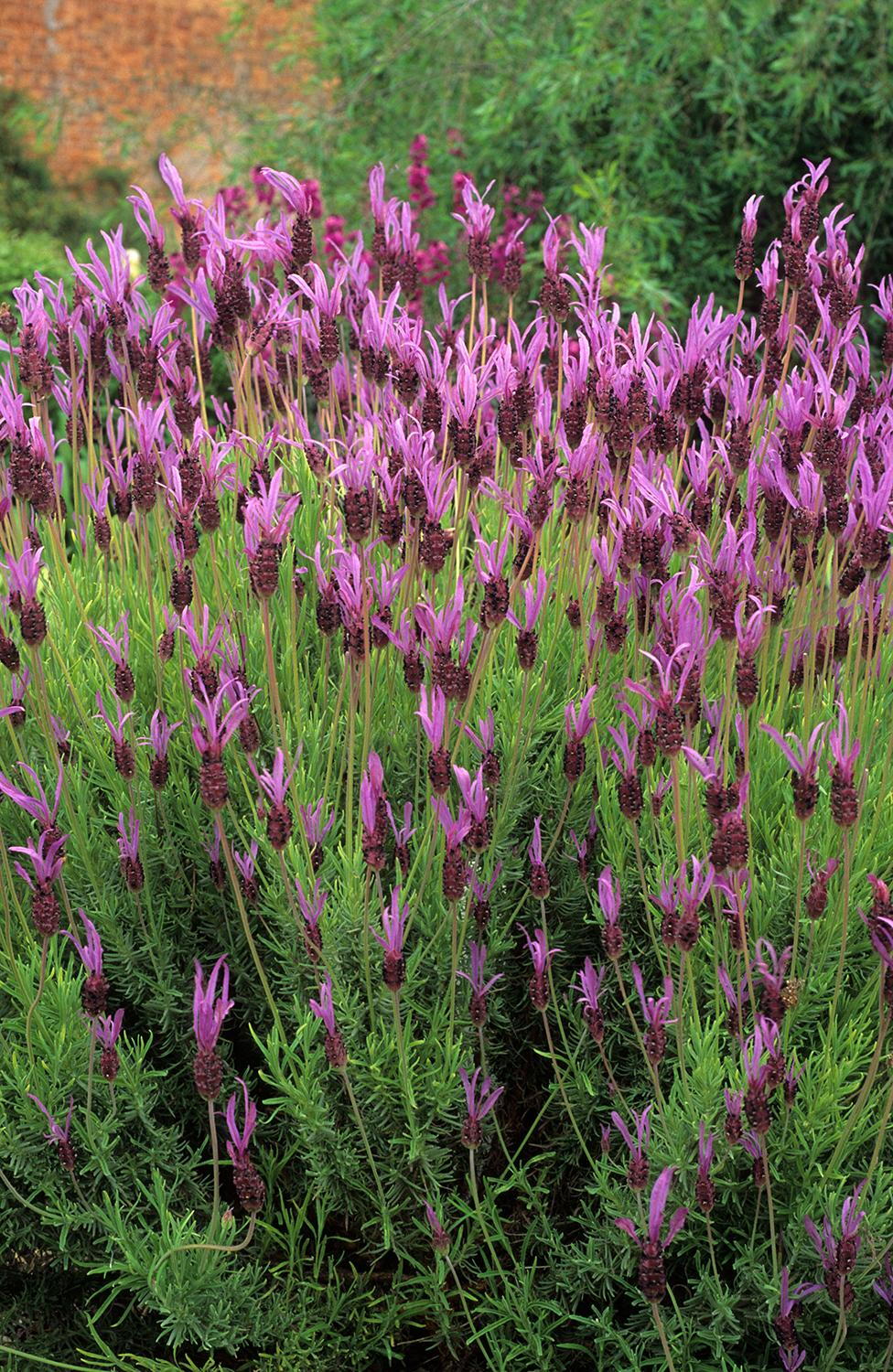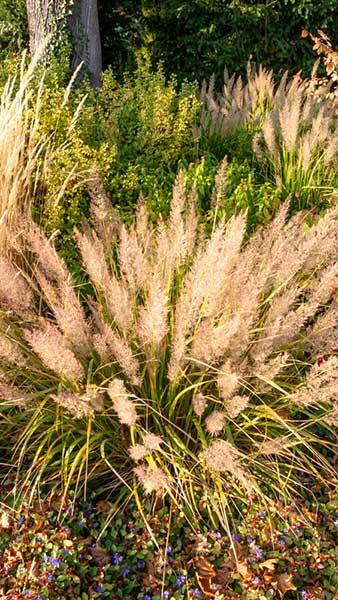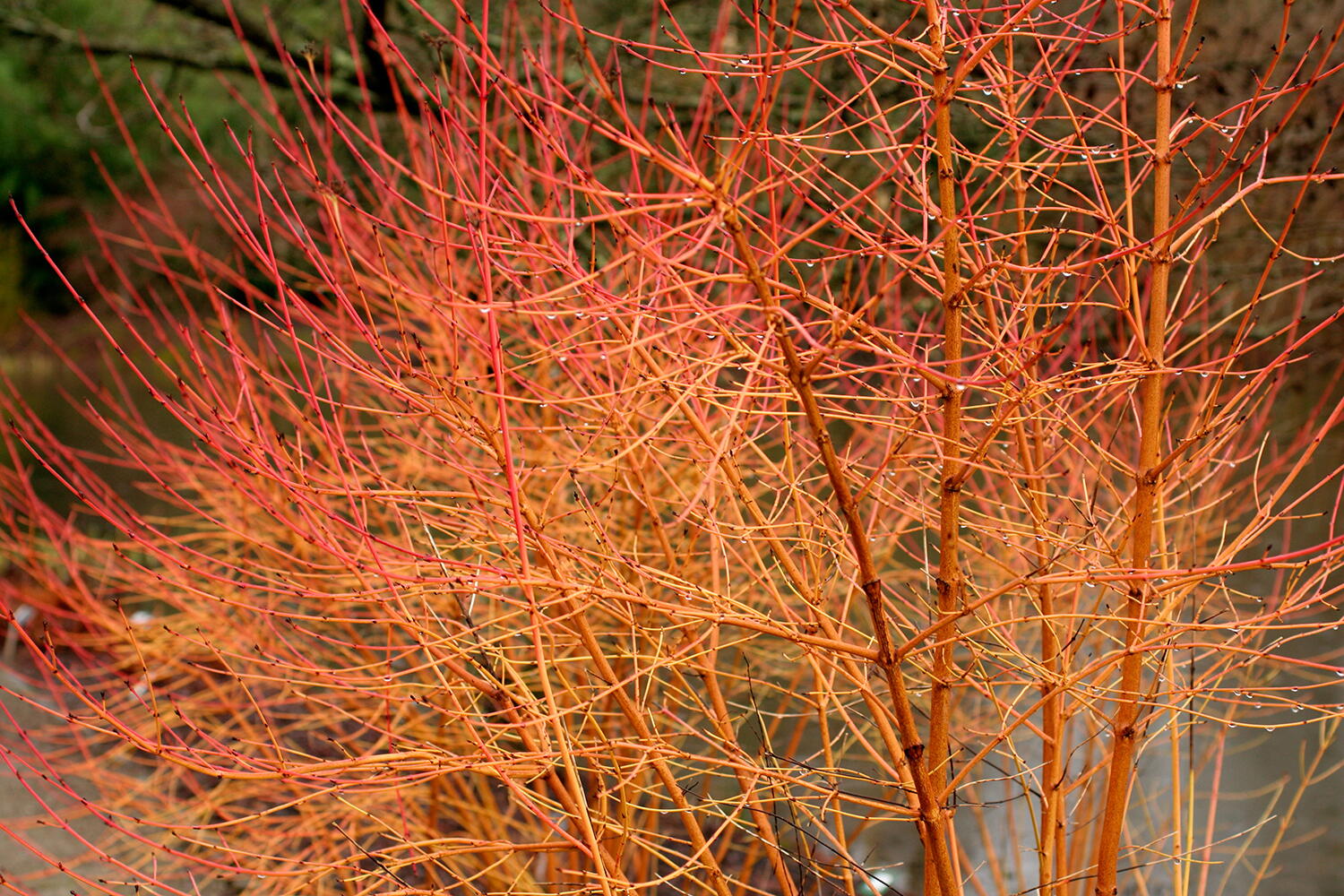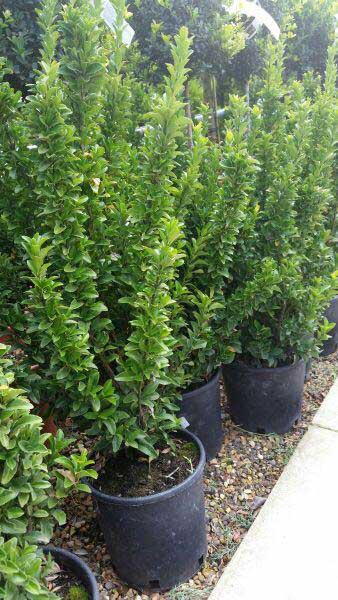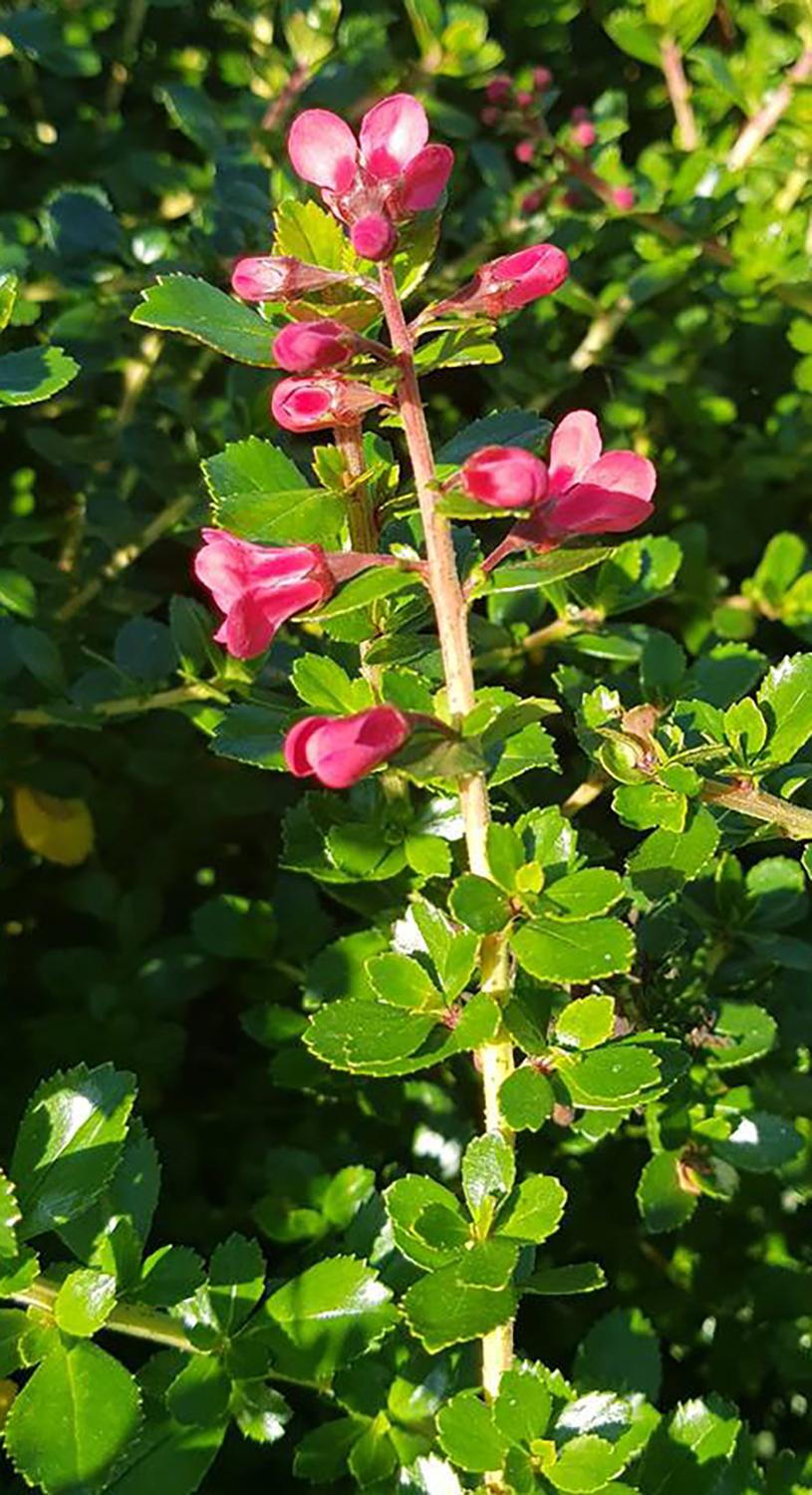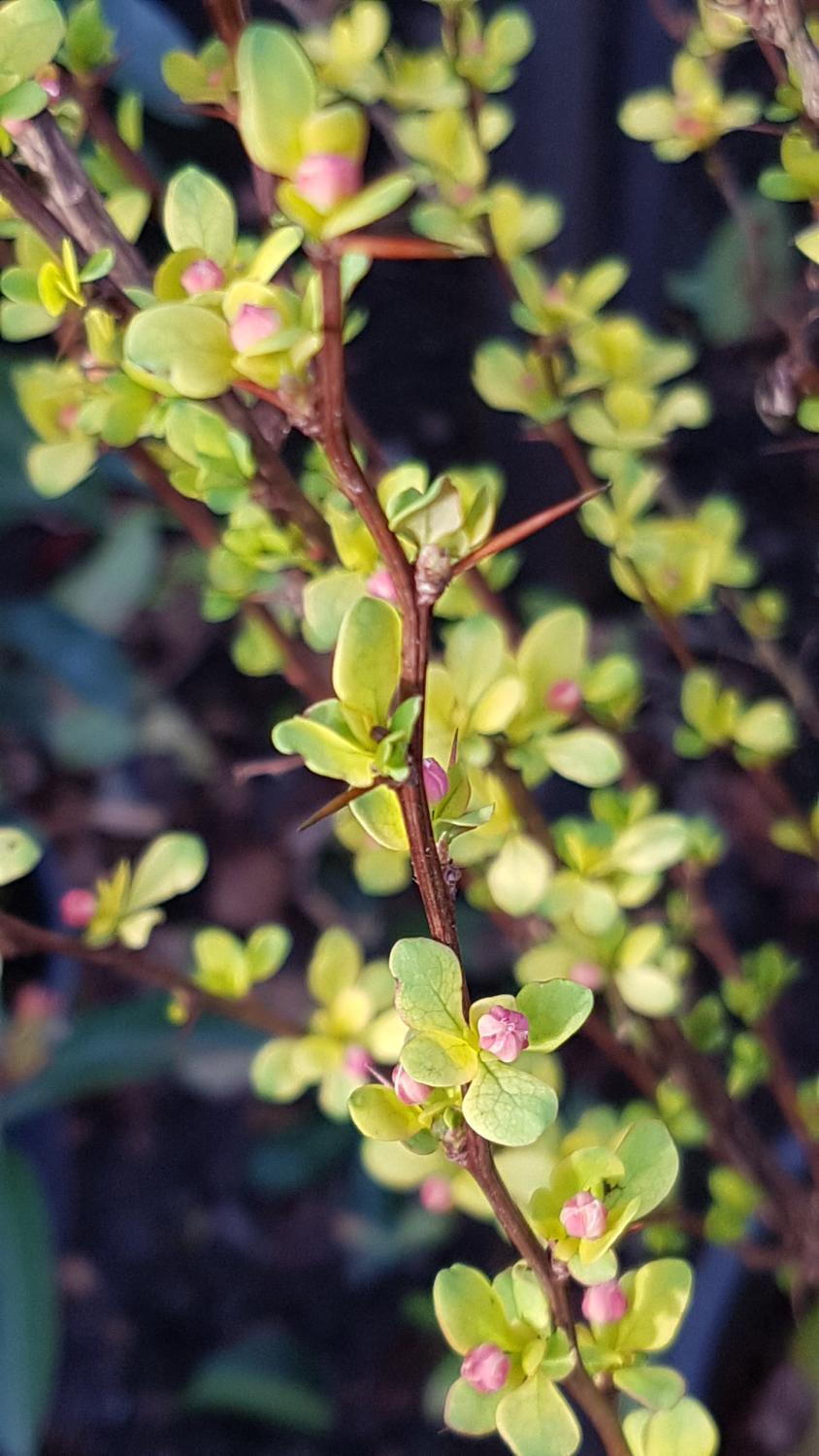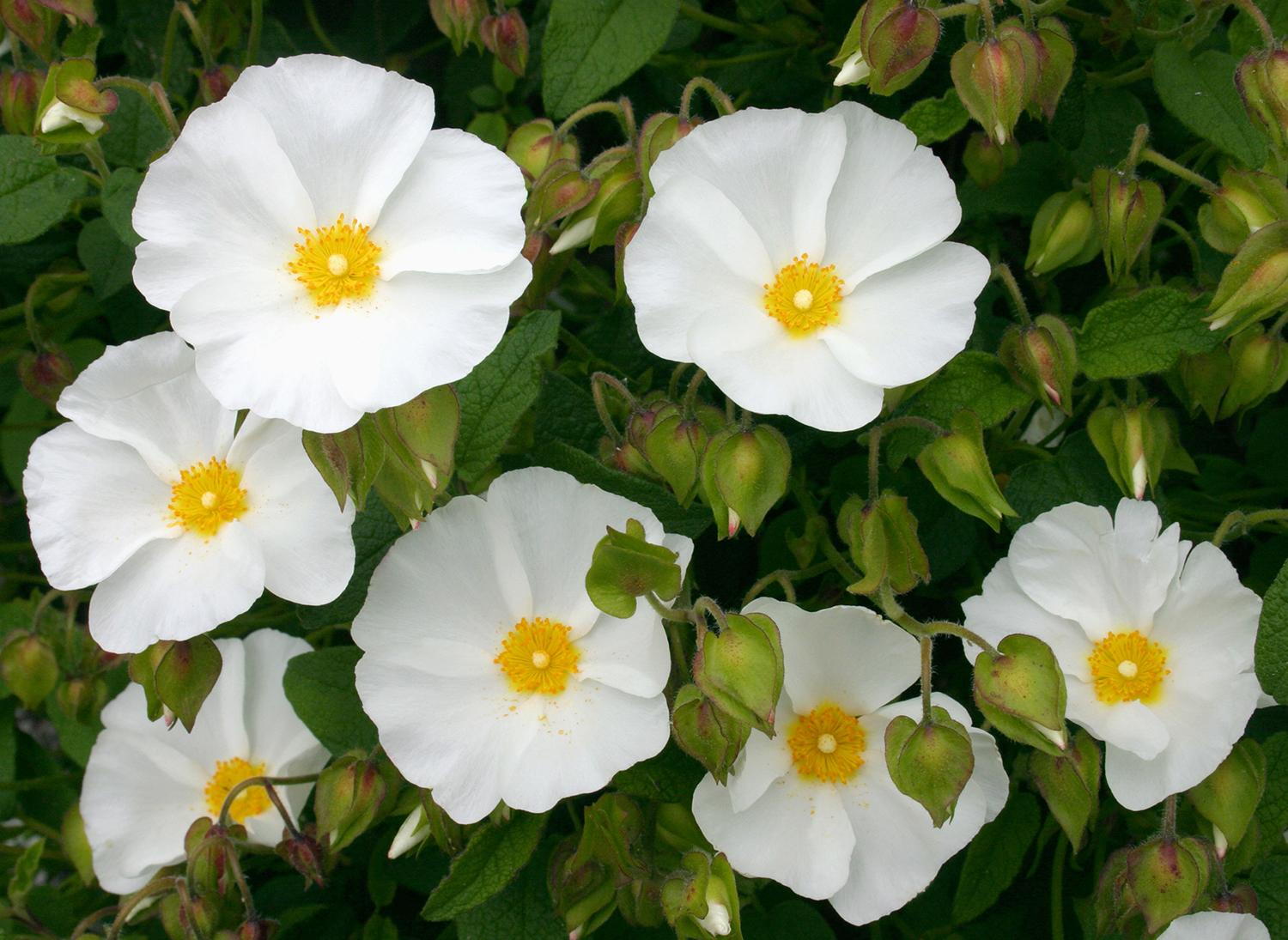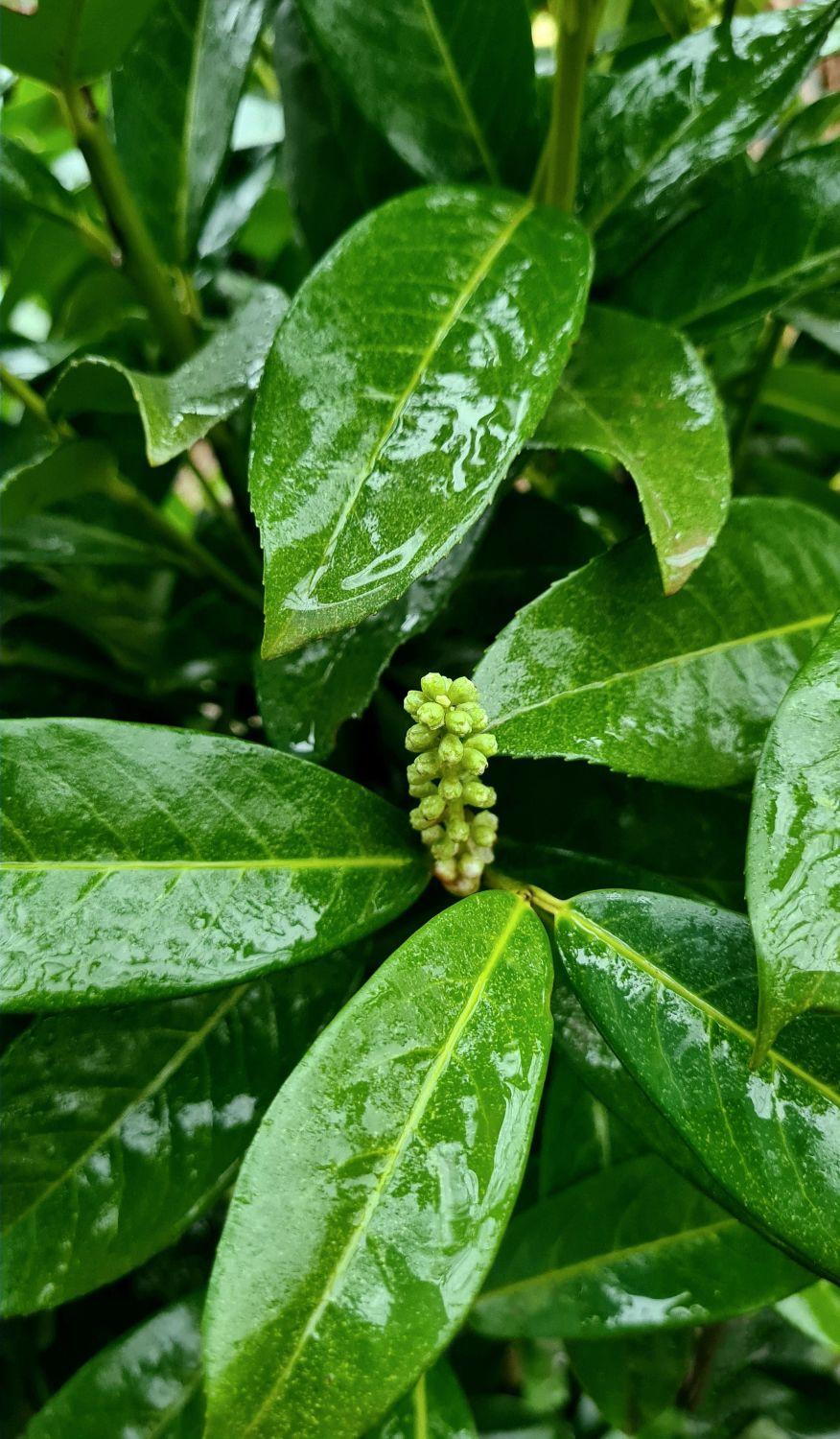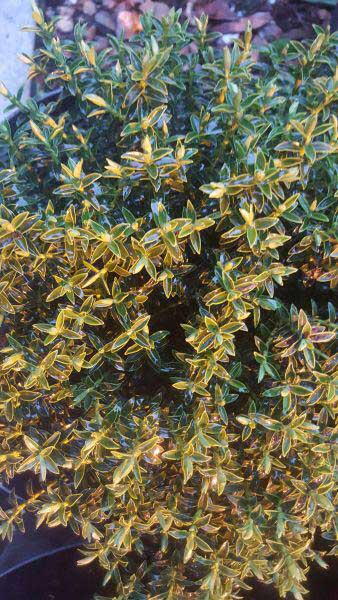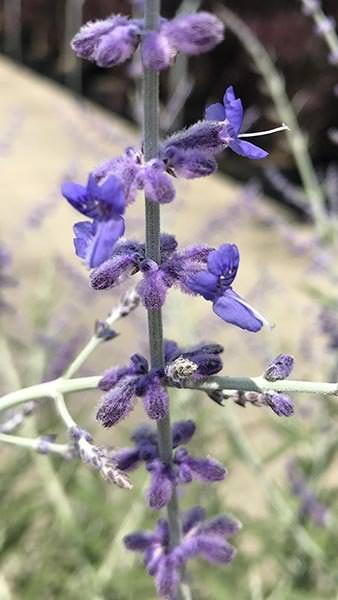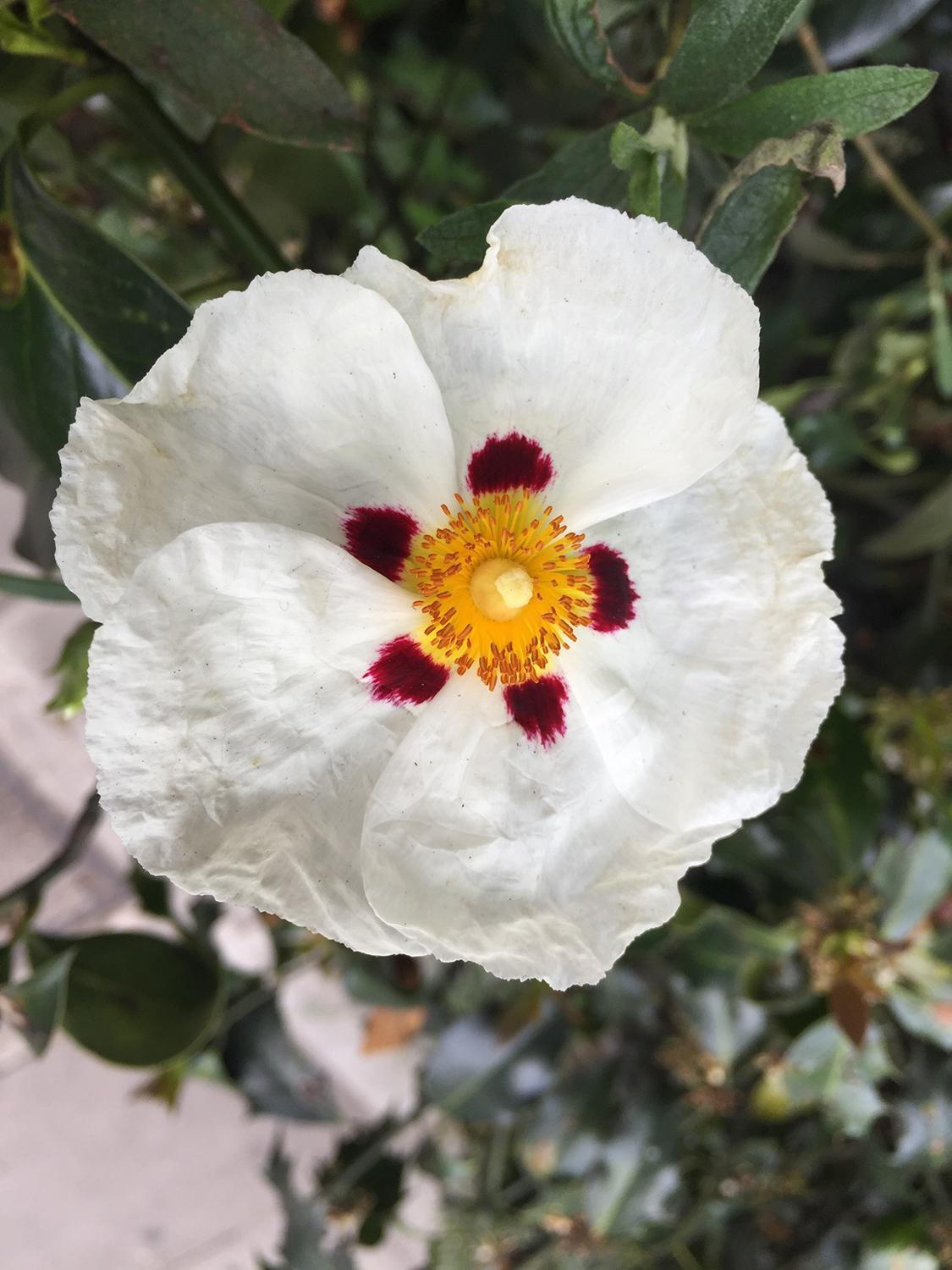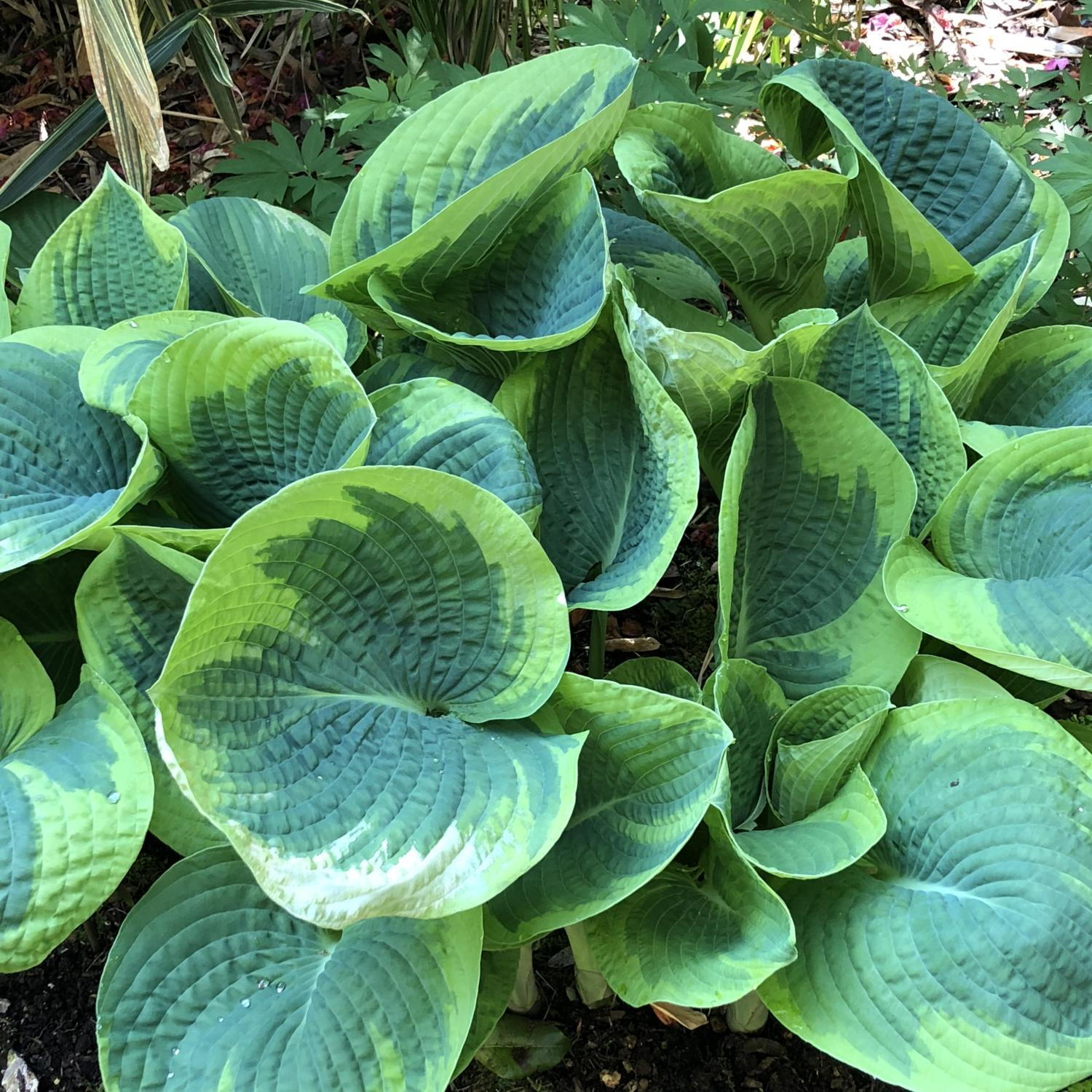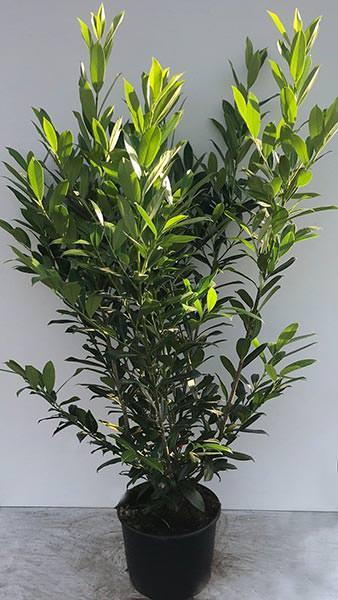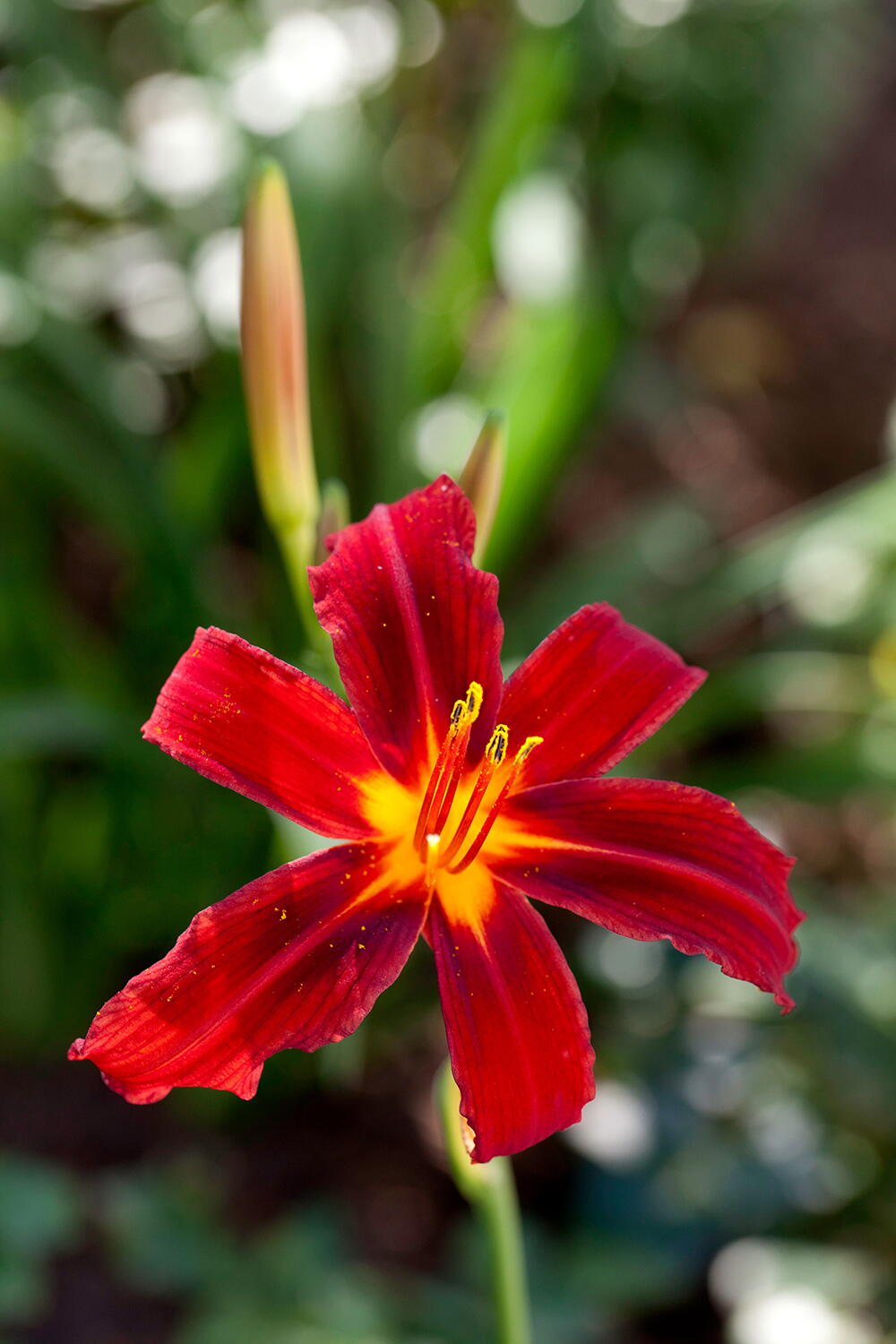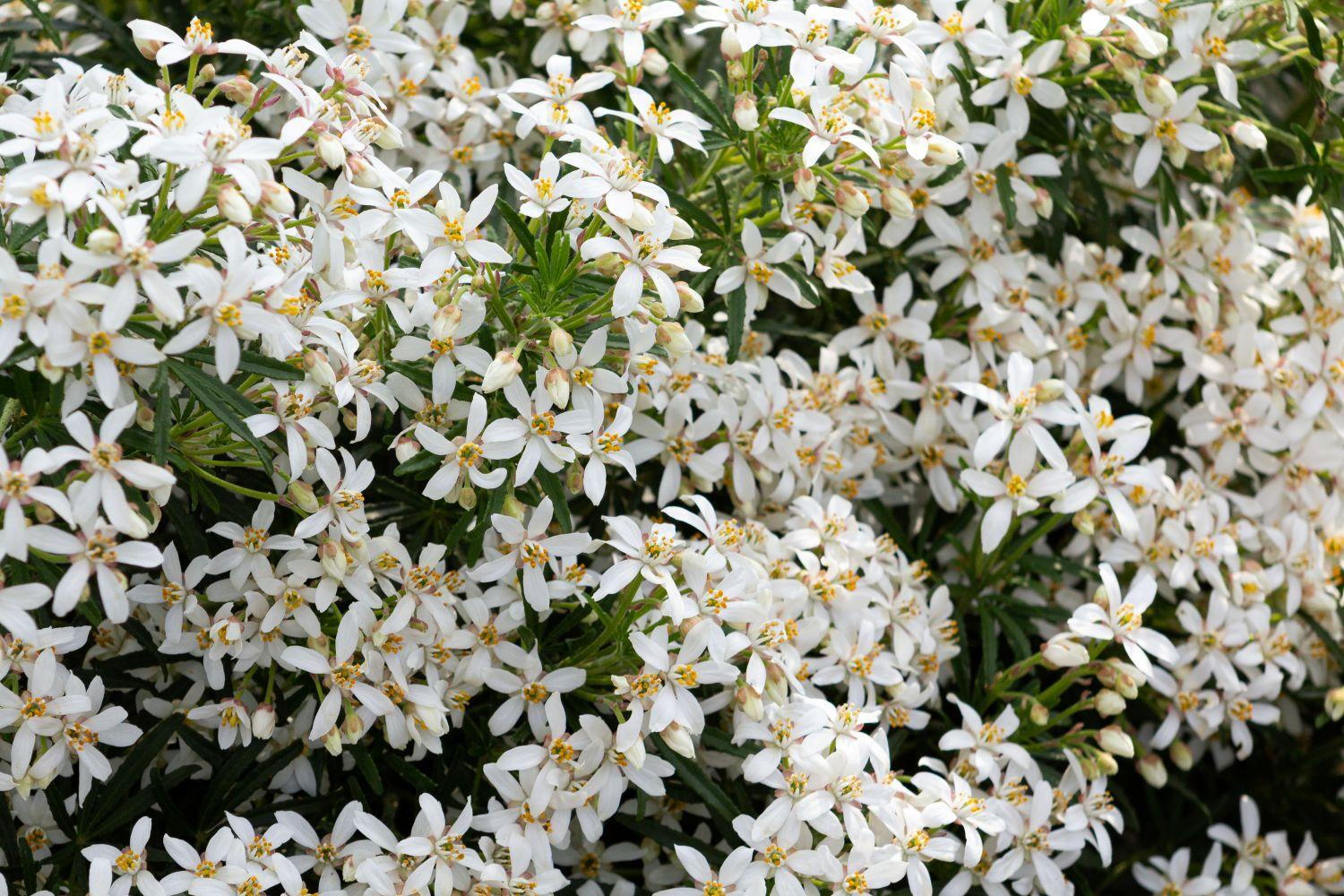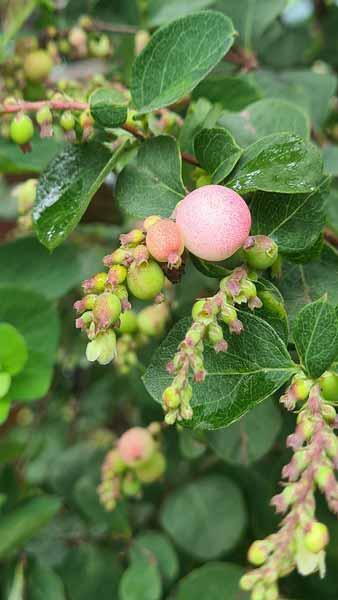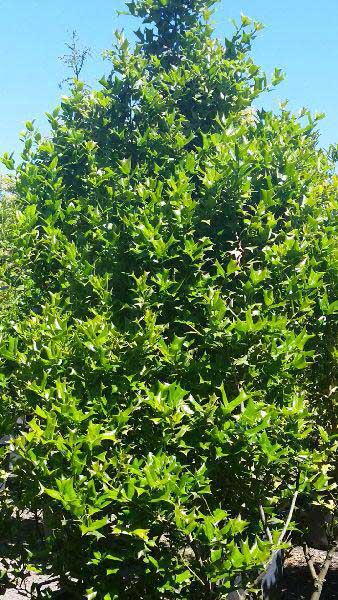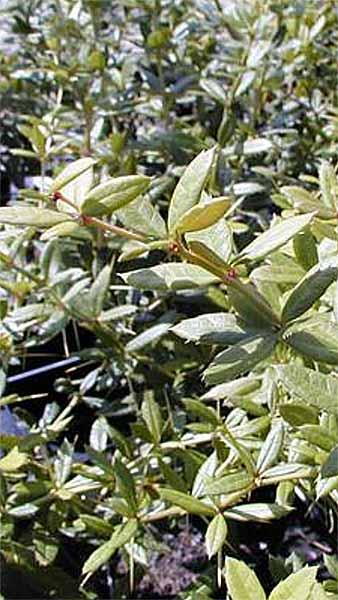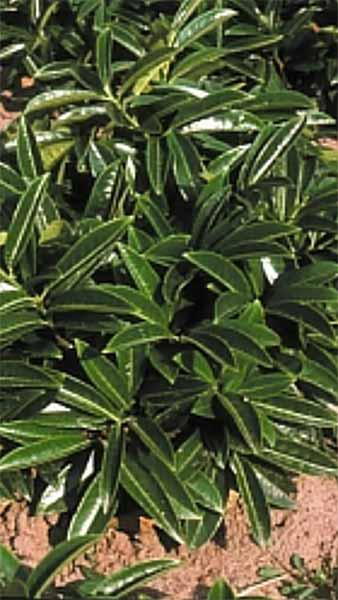Berberis thunbergii Japanese Barberry Shrubs for Sale Online
Berberis Thunbergii, or Japanese Barberry, is a dependable, hardy deciduous shrub which also delivers a hit of autumn colour and winter red berries, earning the RHS Perfect for Pollinators designation for its spring blooms. Originating in Japan, Berberis thunbergii has been cultivated in the UK for more than a century, and is valued as a hedging plant particularily for keeping intruders at bay. Growing on thorny shoots, the green leaves, obovate and up to 3 cm long, turn brilliant shades of red and orange in autumn. In mid to late spring, its single yellow flowers provide a pleasant picture and will attract bees and butterflies. The flowers are followed by brilliant red berries in autumn which persist into the winter, attracting birds to your garden. It is compact and dense in its grwoth habit. Hardy in even the most severe climates, Berberis thunbergii will grow to a mature height and spread of 1-1.5 metres in 10 to 20 years. They respond very well to pruning, and will even grow back if cut right down to the ground. If growing Japanese Barberry as a hedge, space plants 0.75 metres apart.Plant Berberis thunbergii in full sun or partial shade in an exposed or sheltered position in any well-drained soil. For best autumn colour and berries, choose a spot in full sun. It will not tolerate wet soil, but survive short periods of drought. Japanese Barberry is an ideal seaside shrub, as it is highly tolerant of salt, and also will do well in city gardens, since it is tolerant of pollution. As it is deer-resistant, country gardeners will find it to be a good fit as well. Mulch well to prevent seeds taking root.Berberis thunbergii is a reliable landscaping shrub for most planting situations. Pruned or left to grow naturally, it can be used as an effective barrier hedge, as its dense, thorny stems will deter intruders of all sorts. In hot, dry spots, such as next to a drive or car park, it will still put on an attractive show year-round. It’s a good low-maintenance foundation planting, and can solve the problem of a dry, erosion-prone slope. One plant used as an accent will provide an autumn pop of colour and winter interest with its berries.Berberis thunbergii is a low-maintenance but high-impact shrub which will bring its lovely spring flowers, bright autumn foliage, and brilliant winter berries to your landscape!
